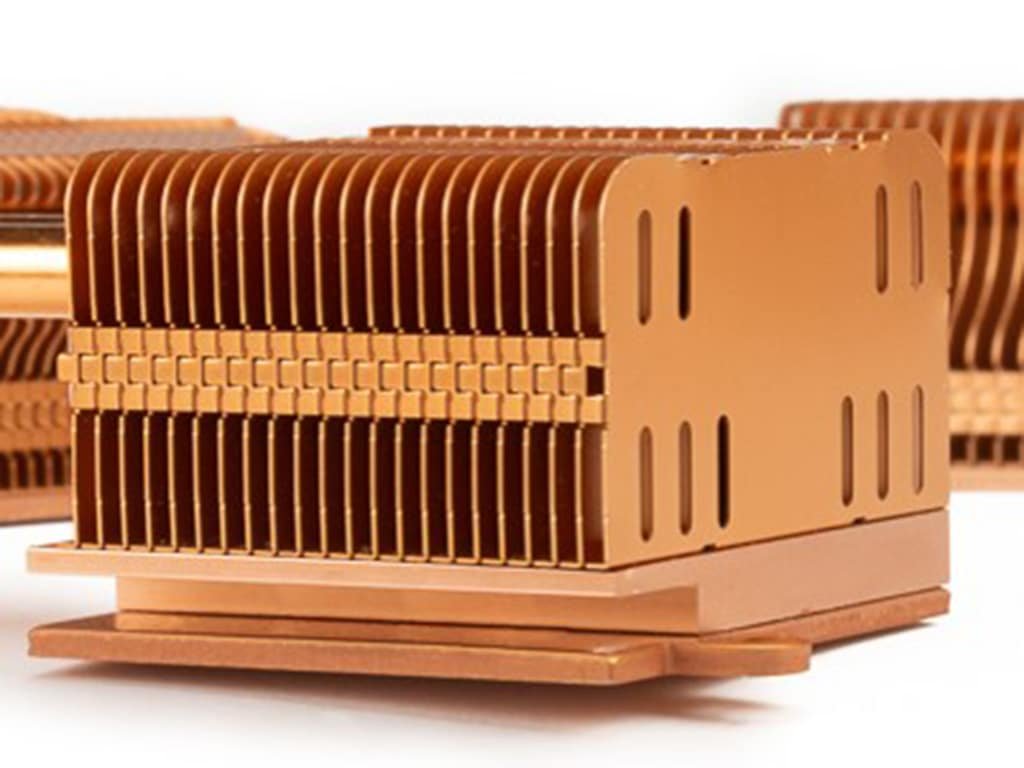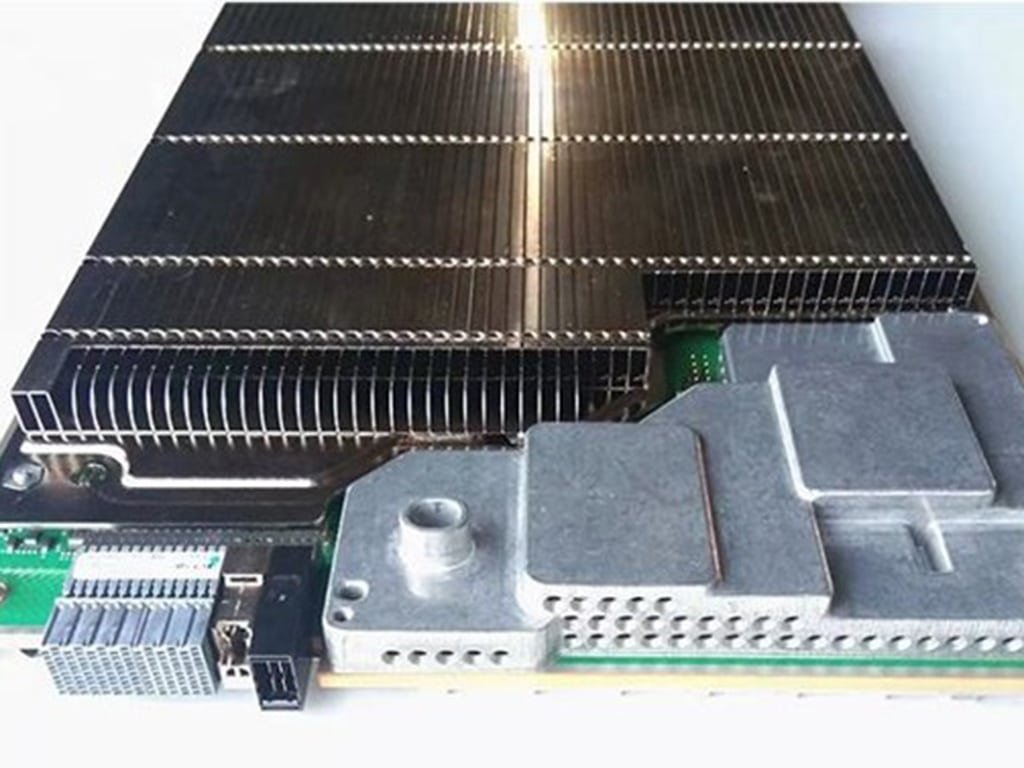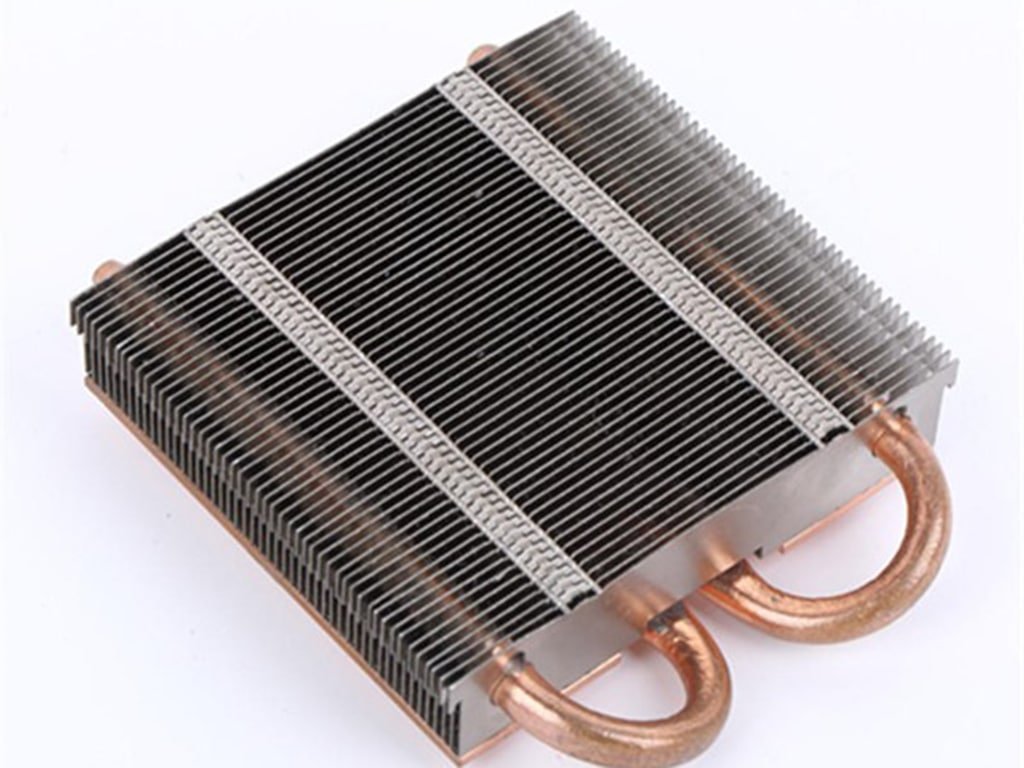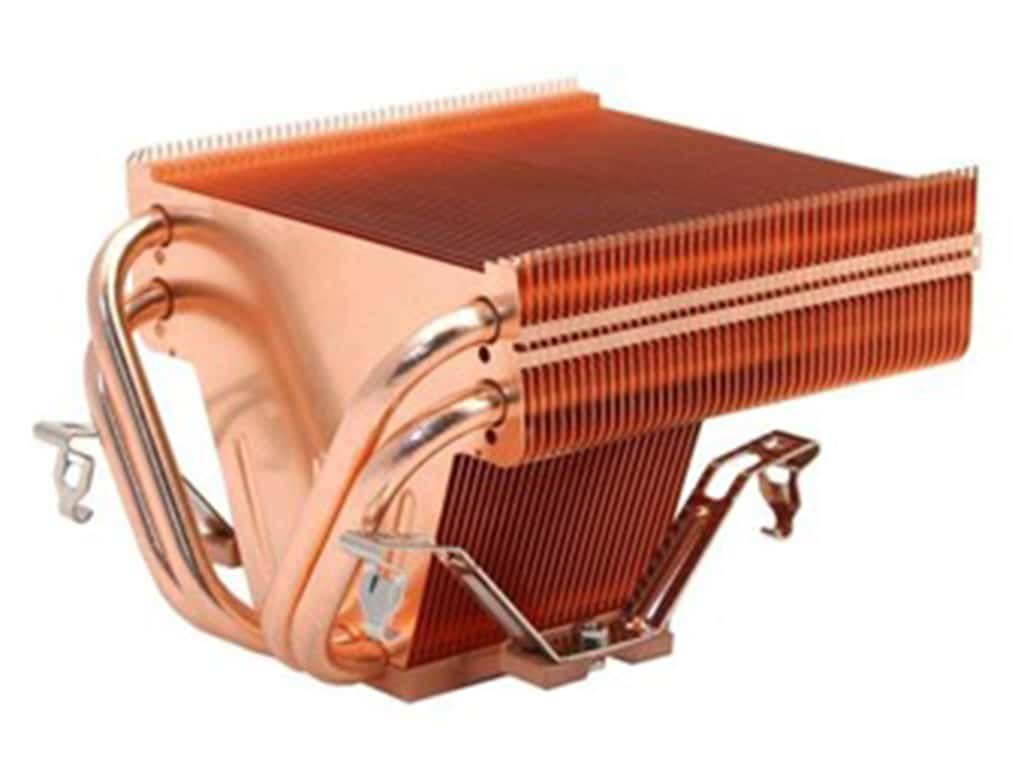Taking advantage of stamping technology, the makers of these devices are able to configure a wide variety of shapes and sizes for the heatsink fins. Made out of copper or aluminum - the most common thermal conductors used in heatsinks. Not only can they be manufactured at an extremely light weight, but they are also able to be used for operations with volumes ranging from medium to high.
Tech details
The major improvements that stamped fin heat sinks have been able to achieve over conventional heat sink designs include a long list of features ranging from extreme fin thinness to high density and from limited restrictions on fin height to strong levels of compatibility with external attachments when they are needed. The thinness that fins can achieve with stamped fin heatsink technology is dramatically more advanced than conventional extrusion heatsinks. While special cutting technique can bring extrusions down to just under a fifth of an inch, stamping is able to double the thinness. This is extremely useful for attaining the high surface area needed to effectively disperse thermal energy from the heatsink.





